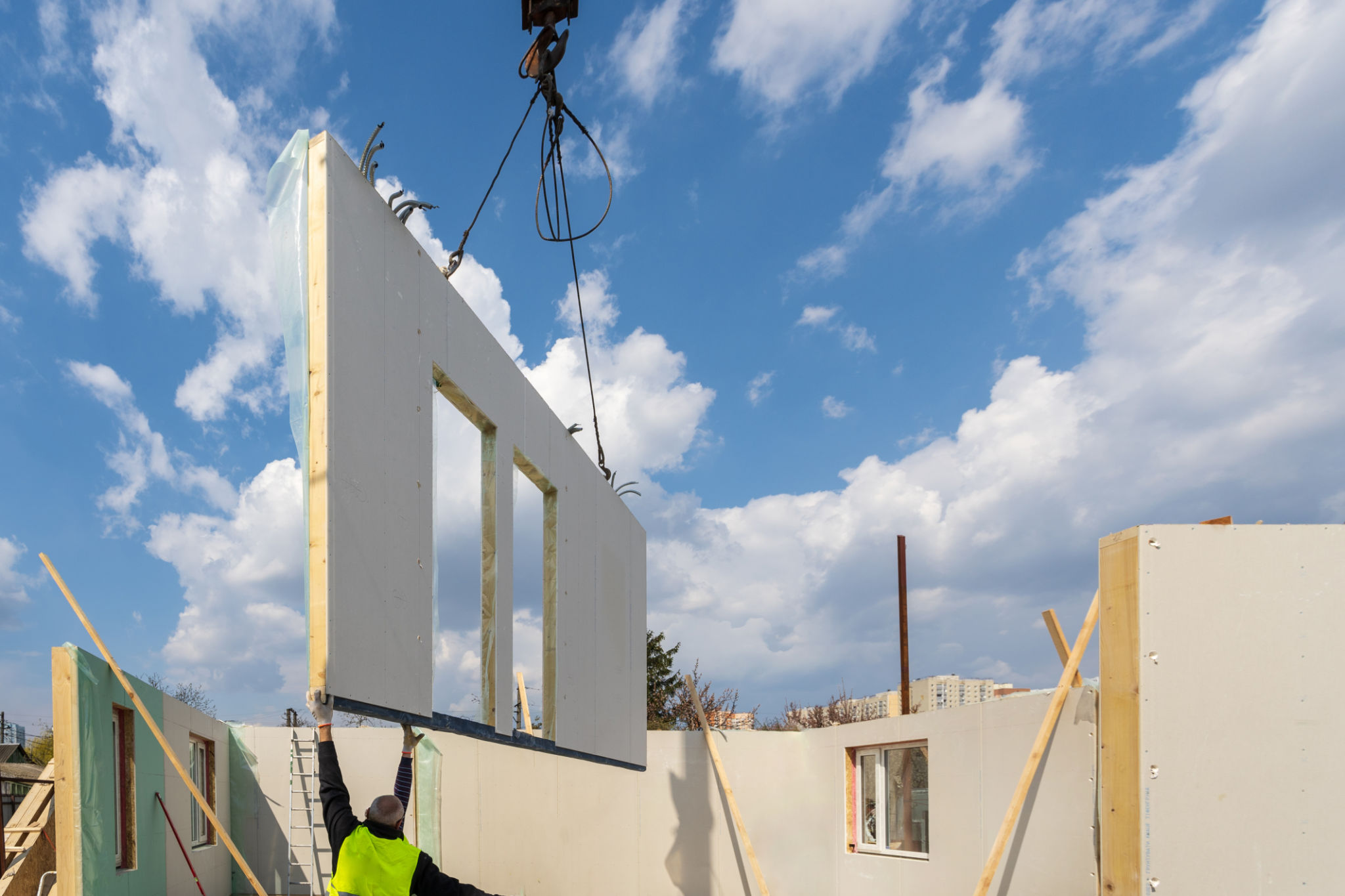Eco-Friendly Prefabricated Houses: Transforming Hong Kong's Housing Market
Introduction to Eco-Friendly Prefabricated Houses
As urban centers around the globe grapple with housing shortages and environmental challenges, innovative solutions are emerging to address these pressing issues. One such solution is the rise of eco-friendly prefabricated houses, a trend that is beginning to transform Hong Kong's housing market. These structures offer a sustainable and efficient alternative to traditional construction methods, aligning with the city's goals for environmental stewardship and urban development.

The Advantages of Prefabricated Housing
Prefabricated houses are constructed off-site in controlled environments, which significantly reduces waste and construction time. Their modular design allows for flexibility, enabling quick assembly and customization according to specific needs. This method not only minimizes disruption to the surrounding environment but also ensures a higher standard of building quality. The use of sustainable materials further enhances their eco-friendly appeal, making them an attractive option for forward-thinking urban developers.
Reduced Environmental Impact
One of the key benefits of eco-friendly prefabricated houses is their reduced environmental impact. By using recyclable materials and energy-efficient technologies, these homes contribute to lower carbon emissions. Additionally, the precision of factory-based construction minimizes material waste, which is often a significant issue in traditional building methods. This approach aligns with Hong Kong's commitment to reducing its carbon footprint and promoting sustainable urban living.

Meeting Hong Kong’s Housing Needs
Hong Kong is known for its limited land availability and high population density, making the need for affordable and efficient housing solutions more urgent than ever. Prefabricated houses offer a viable solution, providing high-quality homes at a fraction of the time and cost associated with conventional construction. This could potentially ease the city's housing crisis by enabling quicker deployment of residential units without compromising on quality or sustainability.
Cost-Effectiveness and Affordability
The cost-effectiveness of prefabricated housing makes it an appealing option for both developers and residents. By streamlining the construction process, labor costs are reduced, allowing savings to be passed on to consumers. This affordability can help make homeownership more accessible in a city where real estate prices are notoriously high. Moreover, the efficient use of materials and energy in these homes leads to lower long-term maintenance costs.

Innovation Driving Change
Innovation is at the heart of eco-friendly prefabricated housing. Companies are continuously exploring new materials and technologies to enhance sustainability features. From solar panels to rainwater harvesting systems, these homes are designed to integrate seamlessly with green energy solutions. Such innovations not only improve the environmental performance of buildings but also enhance the quality of life for occupants by promoting healthier living environments.
Future Prospects
The future of eco-friendly prefabricated houses in Hong Kong looks promising as more stakeholders recognize their potential to revolutionize urban living. Government support through incentives and policy changes could further accelerate their adoption, encouraging developers to embrace this sustainable approach. As awareness grows, these homes could become a cornerstone of Hong Kong's housing strategy, serving as a model for other cities facing similar challenges.
Conclusion
Eco-friendly prefabricated houses represent a transformative opportunity for Hong Kong's housing market. By addressing both environmental and social needs, these innovative homes offer a path toward a more sustainable and equitable urban future. As they gain traction, they present a compelling case for rethinking how cities can grow responsibly while preserving their unique cultural and environmental landscapes.
